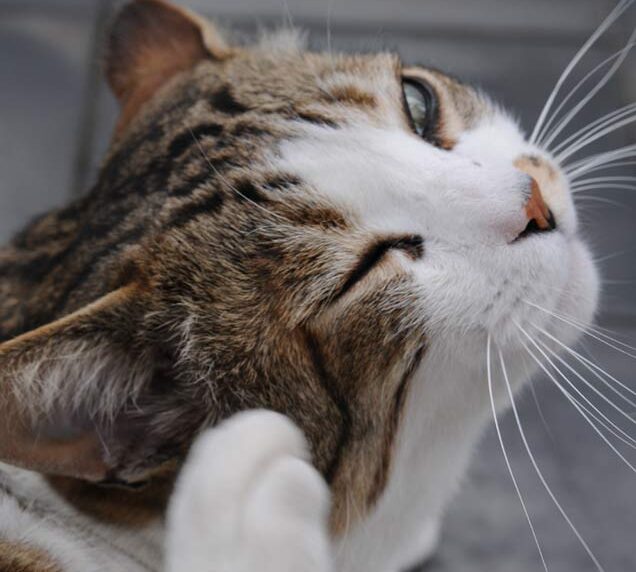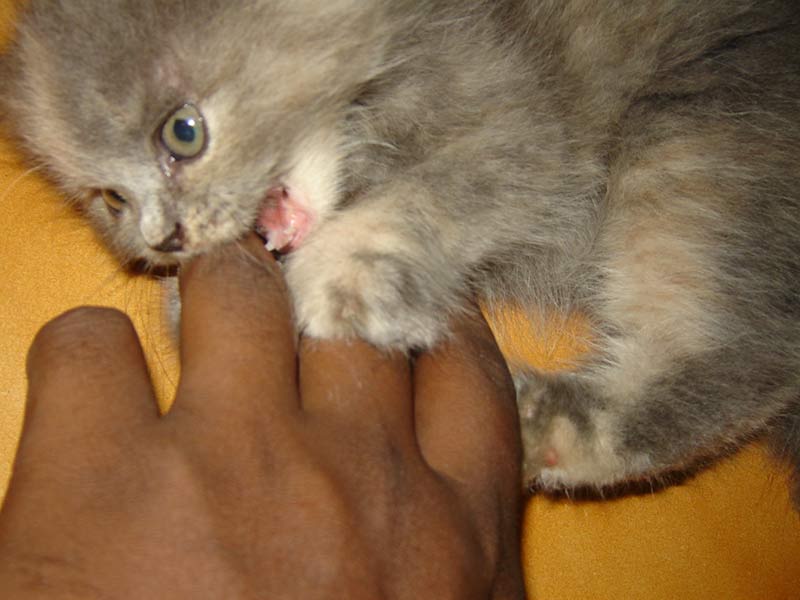Puzzle feeders, also known as interactive feeders, are innovative devices designed to engage cats during mealtime by encouraging them to work for their food. Puzzle feeders for cats, come in various shapes and sizes, ranging from simple plastic toys to complex contraptions that require problem-solving skills to access the food. They offer numerous benefits beyond just providing nutrition, enriching the lives of cats, and promoting their physical and mental well-being.
Understanding Puzzle Feeders
Puzzle feeders are ingenious devices crafted to make mealtime more engaging for cats. Unlike traditional bowls where food is readily available, puzzle feeders require cats to work for their meals. These feeders come in various forms, from intricate contraptions to simple DIY solutions. Regardless of their complexity, the core principle remains the same: cats must solve a puzzle or manipulate the feeder to access their food.
Types of Puzzle Feeders: From rolling balls to intricate mazes, puzzle feeders come in a variety of designs. Each type offers a unique challenge for cats to solve, keeping them mentally sharp and physically active.
Benefits of Puzzle Feeders: Interactive feeders offer a multitude of benefits for cats. They encourage natural hunting behaviors, alleviate boredom, reduce stress, and slow down eating, preventing issues like obesity and digestive problems.
Choosing the Right Feeder: When selecting a puzzle feeder for your cat, consider factors such as your cat’s age, activity level, and personality. Start with simpler designs for beginners and gradually introduce more complex feeders as your cat becomes more proficient.
Do Cats Like Puzzle Feeders?
Many feline enthusiasts ponder over the enigmatic question: do cats harbor a fondness for puzzle feeders? These contraptions, designed to dispense food through interactive challenges, beckon curious minds and agile paws. Observations suggest that while felines possess innate hunting instincts, their affinity towards puzzle feeders varies. Some cats, akin to adventurous explorers, relish the mental stimulation these devices offer.
Their whiskers twitch with anticipation as they engage in a game of wits, paws deftly manipulating knobs and levers to unveil the tantalizing reward within. Others, however, approach with cautious skepticism, eyeing the contraption warily before deciding whether to indulge their curiosity. Factors such as age, temperament, and past experiences shape a cat’s response to puzzle feeders, rendering each encounter a unique tale of feline intrigue. Yet, amidst this diversity of reactions, one cannot deny the allure these puzzles hold for many cats, igniting a spark of curiosity that transcends the mundane routine of mealtime.
Introducing Puzzle Feeders: Enhancing Pet Enrichment
Introducing puzzle feeders to your pet’s routine can significantly enhance their mental and physical well-being. These ingenious devices engage animals in a stimulating activity, encouraging problem-solving skills and alleviating boredom. By introducing puzzle feeders, you’re not only providing a source of entertainment but also promoting healthy eating habits. Picture your furry friend, eagerly exploring a maze of compartments, using their keen senses to retrieve morsels of food. It’s a delightful sight that fosters a sense of accomplishment in your pet, as they conquer each challenge to reach their reward.
Puzzle feeders come in various designs to suit different animals and their unique needs. For dogs, there are treat-dispensing balls, where they must roll or manipulate the toy to access the hidden treats. Cats, on the other hand, may prefer puzzle feeders shaped like mice or fish, triggering their instinct to hunt and play. Regardless of the design, the introduction of these feeders adds an element of excitement to mealtime, turning a mundane task into an engaging adventure. As your pet becomes accustomed to the puzzle feeder, you may notice an increase in their cognitive abilities and a decrease in undesirable behaviors born out of boredom.
Reasons Why Puzzle Feeders Are Good For Cats
Other Interesting Articles
- Cat Flu: Symptoms, Medicine, Treatment, Text Kit, Prevention
- Cat Herpesvirus 1 (FHV-1): Causes, Symptoms, Treatment
- Do Cats Enjoy Mating? A Guide To Feline Sexual Behavior
- Benefits of a High-Protein Diet for Your Cat: A Complete Guide
- How Many Kittens Can A Cat Give Birth To: When To Worry
- Why is My Cat Drinking Much Water All of A Sudden? To-Dos
- Cat Dystocia (Difficult Birth): Causes, Symptoms, Treatment
- 23 Signs That Indicate Something is Wrong with Your Cat
- Cat Eyes Signs: 15 Things Your Cat Is Saying With Its Eyes
- How Cat Eyes Work: How to Care for Your Feline’s Eyes
- Why Does My Cat Sit On My Shoulder? Reasons, To-Dos
- Why is My Cat So Clingy? Behavior, Reasons, Solutions
- Cat Vomiting: Types, Causes, Symptoms, Treatments, Cure
- Feline Estrous Cycle: What To Expect When A Cat Is in Heat
- Weight Gain in Cats: Obesity Signs, Causes & What to Do
- 13 Ways to Tell if A Cat is Pregnant: Signs, Behavior, Guide
- Cat Pregnancy: Signs, Nipples, Behavior, Care, What To Do
- Nesting Behavior in Cats: Signs, Reasons, What To Do
- How To Help Your Cat Put Their Best Paw Forward: 12 Steps
- How To Improve Your Cat’s Behavior in 14 Systematic Steps




